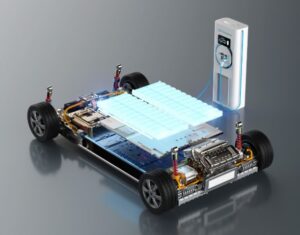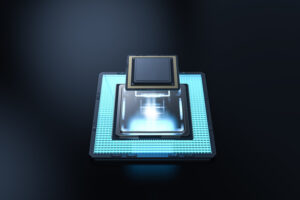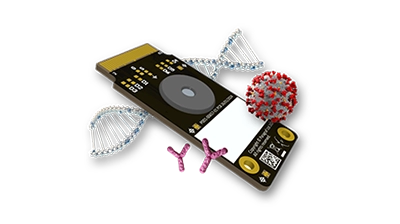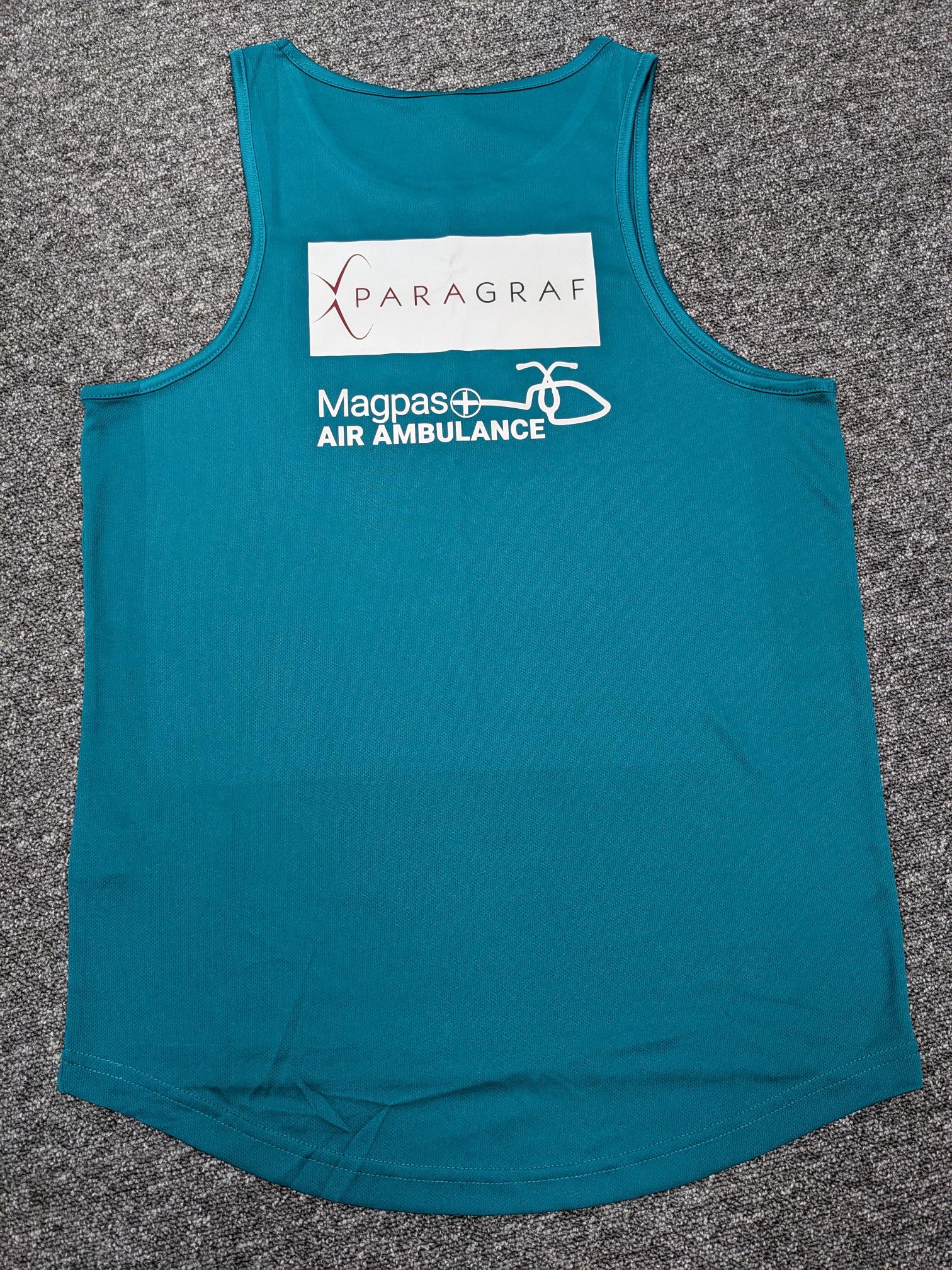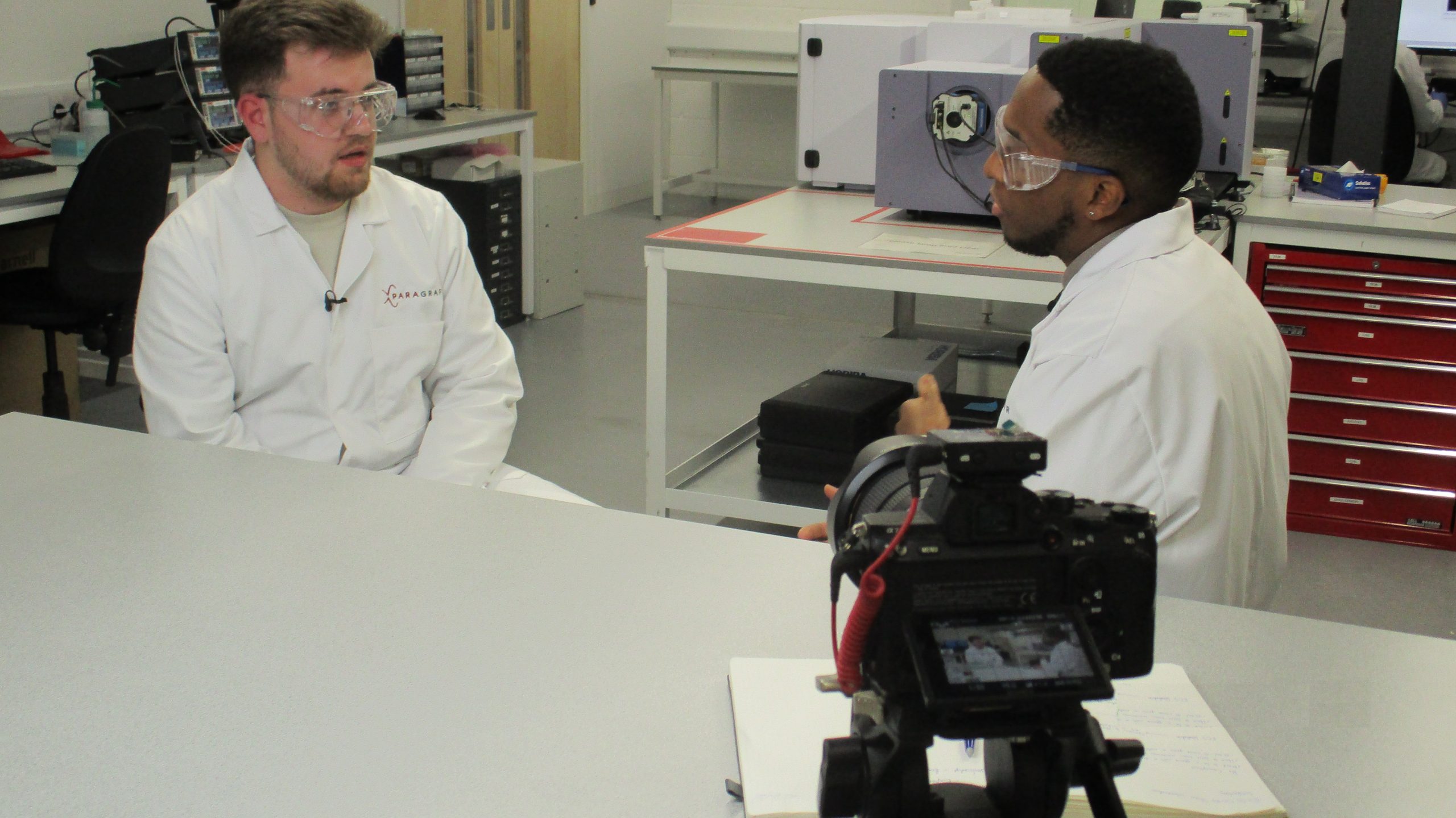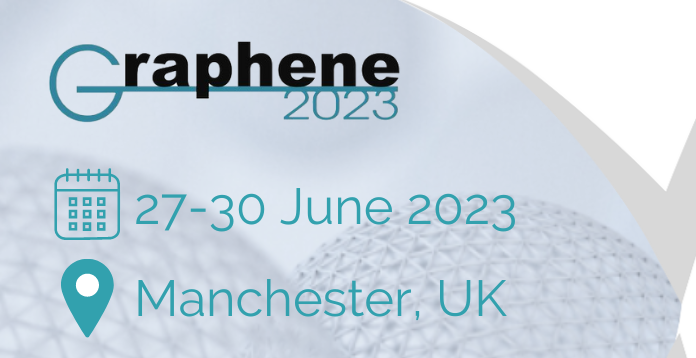
Paragraf’s graphene is realizing the wonder materials potential by producing graphene Hall sensors (GHS) that are demonstrating superior carrier mobility and sensitivity.
Our patented, proprietary epitaxy process produces a contamination-free, one-atom-thick layer of graphene directly on a device substrate rather than relying on the transfer process that has defined previous attempts to construct graphene electronic devices. This allows us to improve the function of our sensing element, graphene, by focussing on refining our epitaxy process.
Our efforts to improve that epitaxy process have been fruitful. Raman spectroscopy indicates that large area proportions of the graphene wafers we are now producing have negligible ‘D peak’ which was present in earlier batches, indicating that our graphene layers now have with reduced levels of defects compared with before. Our better quality graphene has improved carrier mobility and is allowing Paragraf to expand what is possible with magnetic sensors.
Silicon-based Hall effect sensors, which have served as the conventional solution for measuring magnetic fields, have reached the limits of their sensitivity. The standard for sensitivity set by silicon sensors stands at 0.06 V/VT[1]. Prior to our improvement to the epitaxy process, Paragraf GHS were able to achieve 0.07 V/VT, and since establishing our improved process, we have been able to produce GHS that reach 0.25 V/VT. The success of our efforts to produce better-performing graphene through improving our epitaxy process, in combination with work to optimise the geometry of the Hall device and contacts to graphene, gives us confidence that our GHS will achieve sensitivity of 0.3 V/VT in the near future.
This improved sensitivity does not only mean improved performance in conventional Hall sensor applications but also an expansion of what is possible with Hall sensing technology. Paragraf GHS can provide solutions for EV battery systems (see our articles on thermal propagation and in-factory testing, parts 1 & 2), steer-by-wire and improved brushless DC motor efficiency (parts 1, 2 & 3).
Paragraf Senior Scientist Lok Yi Lee will be presenting a poster with the above results at the Graphene 2023 conference in Manchester between June 27-30. If you are attending the Graphene 2023 conference, please stop by our poster (#56) and speak with Lok Yi about the exciting developments in Paragraf’s pursuit of better quality graphene electronics. If you won’t have the opportunity to see the poster in person, please check back for a PDF of the poster after the event.
Please contact us to learn more about the solutions our sensors are providing and register to our mailing list below so you can keep up to date on the solutions Paragraf’s graphene is bringing to industry worldwide.
[1] Eisenbeis, R. “Understanding and Applying Hall Effect Sensor Data Sheets” (2021). Retrieved from Texas Instruments website: https://www.ti.com/lit/an/slia086a/slia086a.pdf

